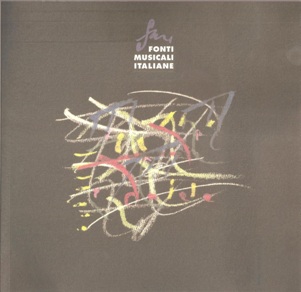Nuove fonti marchigiane di intavolatura per strumenti a corde pizzicate (secc. XVI-XVII)*
Abstract
New sources from the Marches of tablatures for plucked
string instruments – XVI and XVII centuries
The paper presents two rare new sources of instrumental music discovered in the Marches, a region which in the past few years has been the seat of extremely important archival-musical finds, from manuscript fragments of ars nova music between the XIV and XV centuries to parts of a hitherto unknown musical work printed by Ottaviano Petrucci. In this particular instance, the new sources are two manuscript tablatures for plucked instruments, more precisely: A) a tablature for lute in the book of a Jesi notary for the years 1531-1533, preserved in the State Archive of Ancona, an exceptionally interesting discovery since it represents one of the oldest manuscripts of its kind identified to date; B) a fragmentary tablature for Spanish guitar, datable around the middle of the XVII century, traced on the parchment cover boards of an older printed legal volume and preserved in the ‘Mozzi Borgetti’ Municipal Library of Macerata.
After arranging the new finds in a suitable relationship with the intabulated sources already known today and existing in the Marches, or at one time connected with the region (from the well-known codex «cordiforme» of the Pesaro Biblioteca Oliveriana to the scattered fragments for lute attributable to the painter Gerardo Cibo of Cingoli; from the two manuscripts of the Municipal Library of Jesi, formerly belonging to the local noble family Planetti, to the collection for Spanish guitar in the
private library of the Counts Olivieri-Onofri at San Ginesio), the two new sources are described in detail and discussed critically.
These two manuscript tablatures, separated from one another by nearly a century, indicate that many similar forms of musical notation must have existed during this period in a region like the Marches where literary and iconographical sources abound, demonstrating a widespread diffusion of the instruments in question, perhaps greater than any other area of Italy with the exception of capital cities like Venice, Florence, Rome and Naples.
##submission.downloads##
Pubblicato
Fascicolo
Sezione
Licenza
© CIDIM
Tutti i diritti riservati


